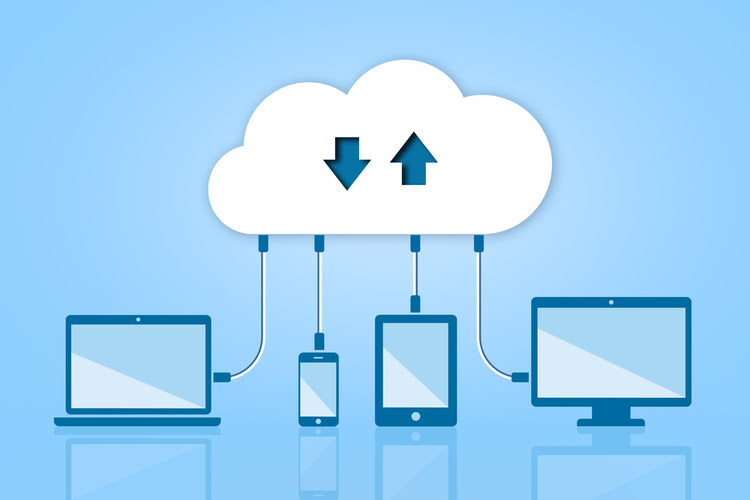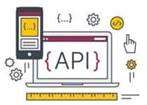Jenkins Tutorial What is Jenkins and it’s Servers and how to use it?
We will be basically launching a HTML static web page in nginx using Docker. So Here is the list of commands we will be executing in our Jenkins execution shell. Your slaves do not need to have Jenkins installed on them, though you do
need java on them. Now transfer the same file to your slave 2 as well, the only thing https://www.globalcloudteam.com/ yuou
have to change here is the IP you are sending to. Now you need to change the TCP port inbound agents from disable to Random, this way they will have a random TCP port assigned to them for communication purposes. Next you will be asked to customize Jenkins, I would recommend choosing install suggested plugins.
- There are countless number
of ways in which you can configure these build jobs. - Because CI detects deficiencies early on in development, defects are typically smaller, less complex and easier to resolve.
- Along with continuous integration, Jenkins also supports continuous delivery and continuous deployment.
- If a developer is working on several environments, they will need to install or upgrade an item on each of them.
- With the uses of Jenkins, one can convert a command prompt code into a GUI button click.
- Continuous delivery (CD), coupled with a DevOps culture, dramatically accelerates the delivery of software.
Plugins enhance the Jenkins system functionalities for projects written in programming languages other than Java. The conditional for loop creates Stage #2 and Stage #4 and prints out the x value decreases by 2 message afterward. Stage what is jenkins for #2 clones the specified git repo within the if-else statement and executes the echo command to print the message Stage #2 running when x is equal to 2. When x is not equal to 2, Stage #4 runs the echo statement Stage #4 running.
What is Jenkins? A Guide to Continuous Integration with Jenkins
It’s particularly powerful when large development teams are working on a single project, as traditional methods can result in a lot of conflicting code commits that require complex troubleshooting. Jenkins is a continuous integration and continuous delivery (CI/CD) tool. It improves the development lifecycle by automating software building, testing, and deployment. Jenkins is an open-source automation platform that enables a digital application’s continuous development and deployment. It is written in Java and has plugins that cater to various facets and characteristics of continuous integration. It can help enterprises accelerate their software or app development initiatives significantly.

We thank the following organizations for their support of the Jenkins
project through free and/or open source licensing programs. Jenkins is a self-contained Java-based program, ready to run
out-of-the-box, with packages for Windows, Linux, macOS and other
Unix-like operating systems. The Credential plugin stores credentials in Jenkins by providing a standardized API to store and retrieve credentials by other plugins. Jenkins can also use the Mailer plugin, which configures email notifications. It sends an email to the specified recipient whenever a build fails, the build is unstable, or when the build succeeds after a failure.
Jenkins Slave
Creating automated tests for distinct environments, such as several Java versions or operating systems, helps foresee and prevent problems in later releases. A continuous integration tool such as Jenkins helps test, identify, and address problems before applying changes to production. That lets you run multiple builds, tests, and product environment across the entire architecture. Jenkins Slaves can be running different build versions of the code for different operating systems and the server Master controls how each of the builds operates. As you can see in the diagram provided above, on the left is the Remote source code repository. The Jenkins server accesses the master environment on the left side and the master environment can push down to multiple other Jenkins Slave environments to distribute the workload.

Nightly builds can be thought of as a predecessor to Continuous Integration. It means that every night an automated system pulls the code added to the shared repository throughout the day and builds that code. The idea is quite similar to Continuous Integration, but since the code that was built at night was quite large, locating and fixing of bugs was a real pain. As a result, every commit made to the source code in the repository was built.
Use-cases Working with tools
This is a good place to note that Jenkins is very actively updated and open to community participation. The Jenkins CI server can be run as a standalone application with a built-in Java servlet container, or as a servlet in other Java servlet containers such as Apache Tomcat. One of the chief benefits is the ability to rapidly discover and fix bugs. If newly committed code introduces a defect into the build, not only is it caught immediately, but it is easy to know whose code caused the error. The problematic code can then be isolated, updated and recommitted quickly. Our experts will guide you through implementing the perfect roadmap for test automation and walking you through our Jenkins plugin that is easy to integrate.
It provides continuous integration and delivery, extensibility through plugins, easy configuration via a web interface, distributed build support, and robust error handling. Jenkins enables teams to automate their build, test, and deployment processes effectively. These features enhance productivity, collaboration, and overall software quality. One of its main uses is building software projects either by compiling the source code, creating executables, or packaging the software into a deployable format. Jenkins can automatically build the software every time code changes are pushed to the repository and it can also automate the process of testing the built software and reporting on build results.
What Is Jenkins in DevOps and The Reasons Behind its Popularity
Hence, Jenkins can be used for simple continuous integration as well as for comprehensive CD pipelines. The Pipeline also provides a set of tools that are useful for modeling simple as well as complex delivery pipelines ‘as code’ through ‘Pipeline Domain-Specific Language (DSL)’ syntax. At the time of what is Jenkins blog, it had close to 1500+ plugins contributed by the community.

Before the advent of Jenkins, developers had to complete code testing before they could check for errors. Developers on teams, tending to work independently, each created large segments of code to add to the base code. The entire source code would be checked for errors – a time-consuming and challenging undertaking.
INTEGRATIONS
Slack integration can be done to Jenkins and thus communication such as activities have been triggered, its time, users name, results etc. can be shared with other people. Jenkins is designed to be easily extended via plugins – and over the years a thriving community has created a huge plugin ecosystem. The strength of this community, and subsequently the size of the plugin library, is one of the best things about Jenkins. Automated tests are typically used alongside automated builds so that the process can be fast, effective and easily repeatable.
For example, you may have “Build”, “Test”, and “Deploy” stages in your pipeline. It rests at the heart of several IT infrastructures, allowing code to move from a developer’s machine to the client’s server as quickly as possible. In the following article, we discuss Jenkins,explore the syntax,uses, and the differences between the two types of pipelines in Jenkins. They
produce a lot of software to supplement their services and products, for that
they need to maintain large number of developing teams and software development
infrastructure.
Controller (Formerly Master)
It will lead to server overload more often than not, which will lead to bottlenecks in the software development process which is a big no no in our eyes. To make sure such a problem does not happen Jenkins divides all of the tasks it receives onto its slaves. So Jenkins makes use of a master slave architecture, where one Jenkins server is the master from where all the tasks are distributed onto the multiple slaves. You can call these slaves as also agents that execute tasks based on your configurations.



